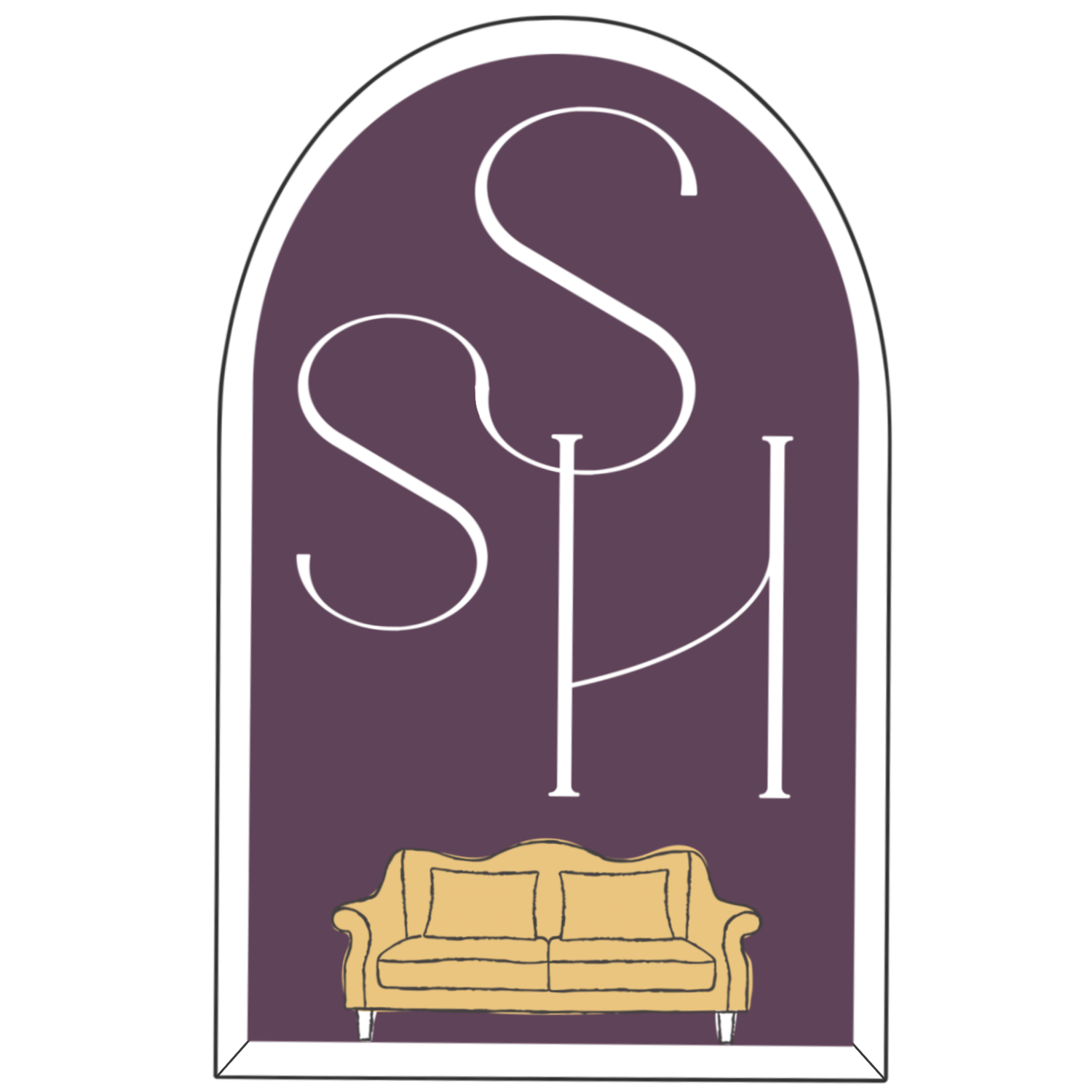
Step 2: Experiment
This is how you start to develop your creativity.
Always start with what you have.
It’ll save you money, definitely, but also time.
Less time searching for things and less time returning things.
And that’s because you’re going to use placeholders (things you already own) to see what it’s like to live with the specific materials, size and shape of things.
Narrowing down what kinds of furniture and accessories you want to buy is much easier when you’ve lived with what you don’t want to experience, first. This works for organizing systems, too.
How We Get There
First, you take a look around your home for things you own that you know align with your vision for this room, as well as what can stand in as placeholders. I call this a “home audit” and you can download and use the worksheet below.
You keep an open mind and look for ways of using furniture that wasn’t its original purpose.
You practice the art of patience as you take a little time to live with a new furniture arrangement and decor pieces that you may have brought in from other rooms.
And most importantly, you notice how things are now working. How’s the height and size of the furniture? Is there enough (or too much) light? Is the arrangement easy to navigate? How is the color of the walls making you feel? Is the rug big enough, etc.
If something isn’t working, that’s what you put on your shopping list. Or, as I like to say, your “lookout list.” There are a whole host of ways things need to “work.” One is practical, but the others have to do with design. How well are all of the pieces combining to express your initial vision?

